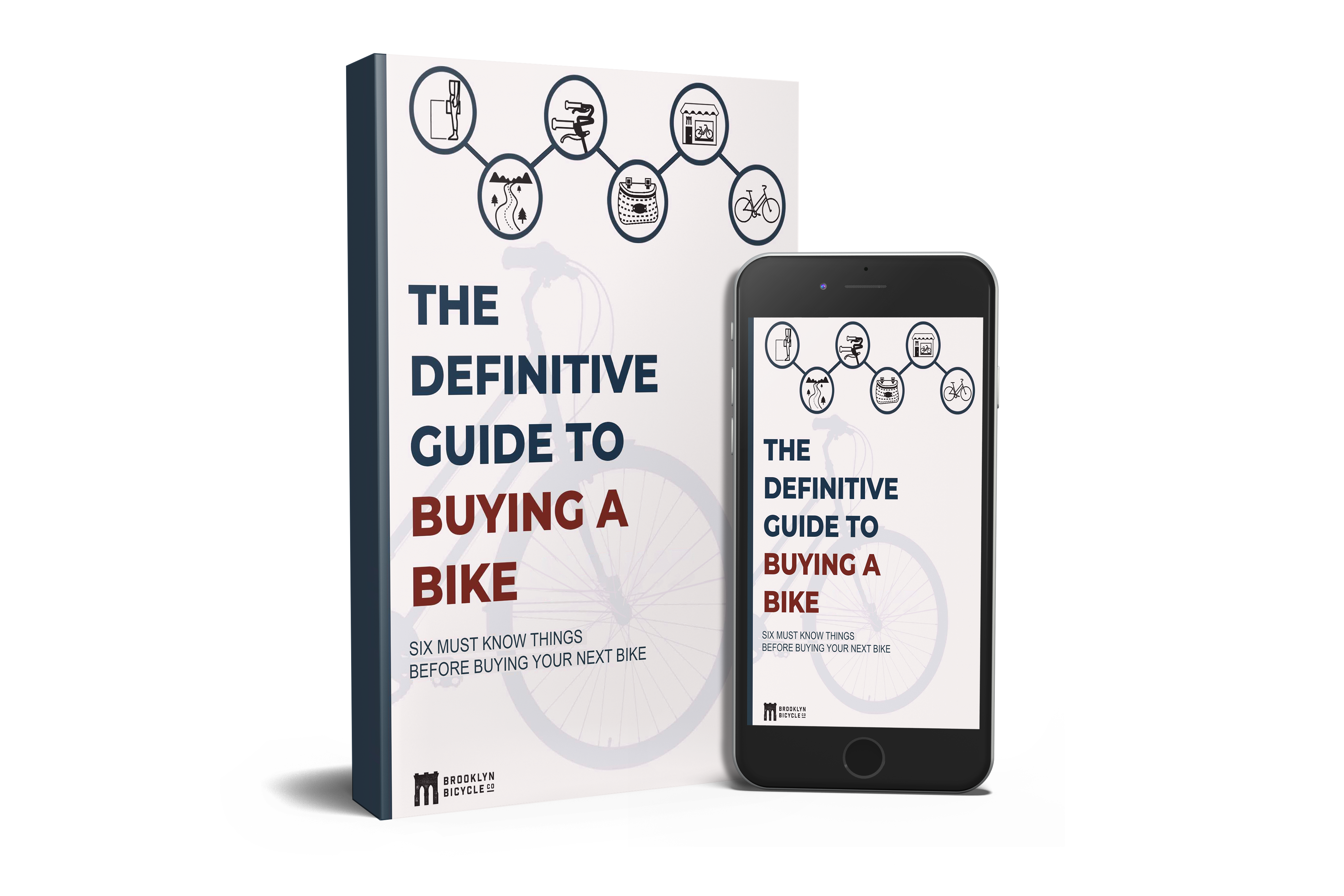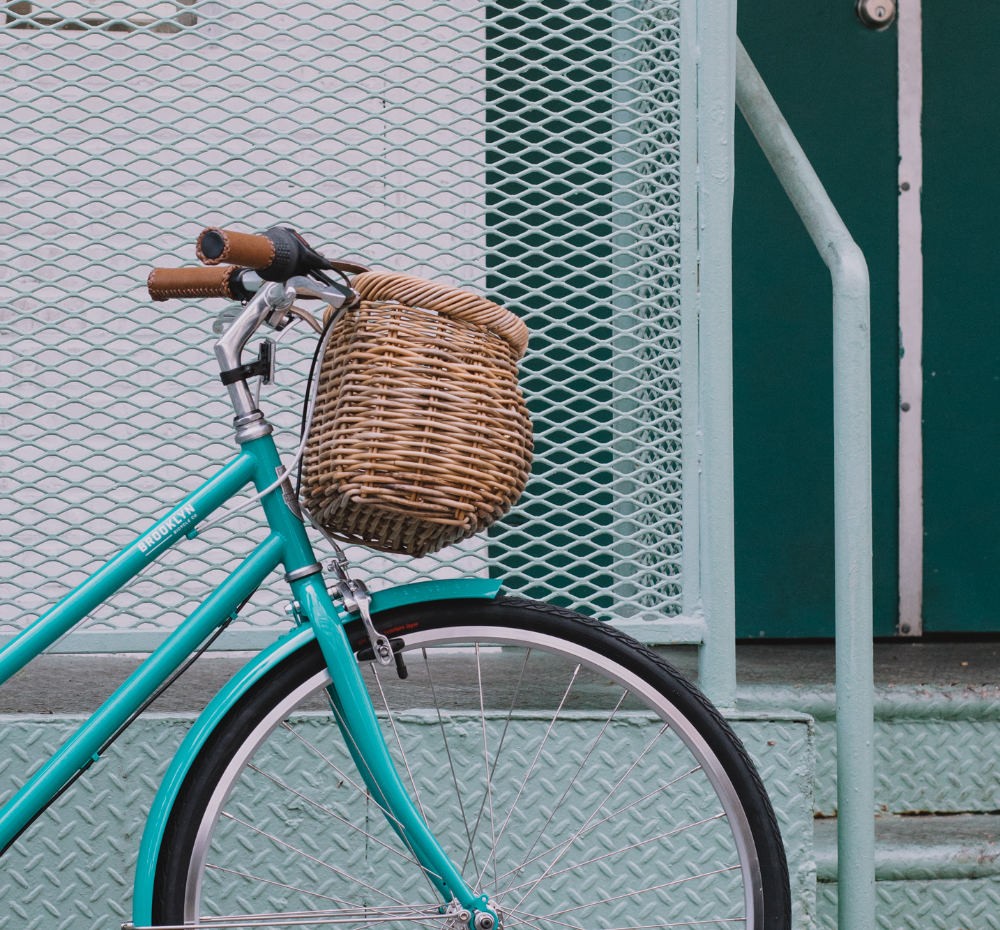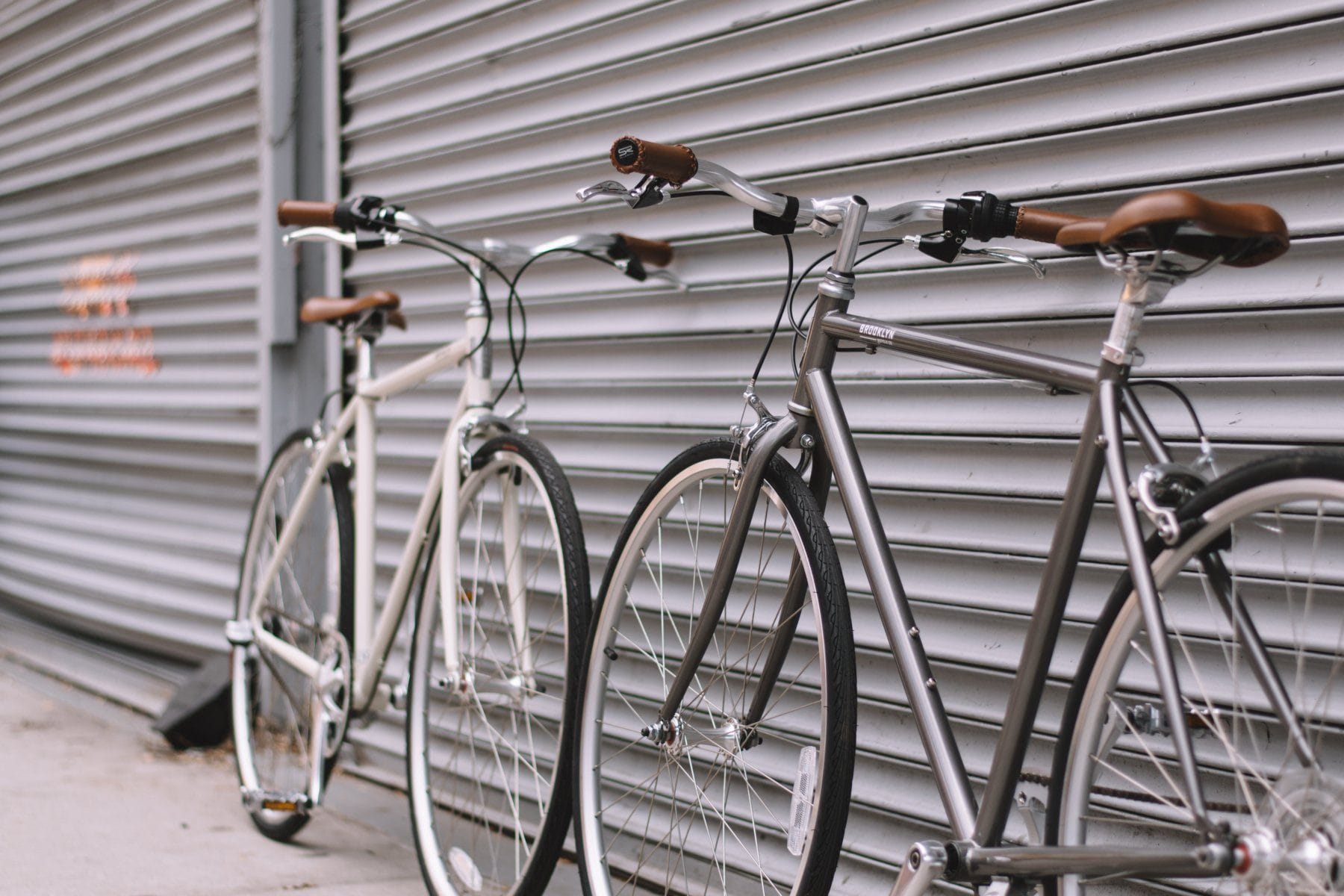For both the tiniest and the largest independent bike dealers, success often comes down to the power of branding.
While that might sound like a technical or strategic term, every bike shop owner operates a brand—whether you conceptualize your business that way or not. But while branding may happen naturally, it’s much more effective when approached deliberately.
A carefully crafted brand has the power to draw in new customers, sustain existing ones, and help your company thrive even in a digital age when internet price competition threatens local retailers. We spoke with Tanya Quick, principal at brand specialist organization Language Dept., to explore the importance of branding and share some of her best practices for both beginner branding strategies and initiating a rebrand.
Brooklyn Bicycle Co.: First things first. What is meant by the word “brand”?
Tanya Quick: Brand can mean so many different things. Some people might talk about brand from the perspective of “it’s a logo” or “it’s a recognition.” When I think about independent bike shops, in this context I feel it’s more about building an expectation and a trust—setting an expectation when someone walks through the door, and building on that reputation at every customer touch point. You think about big brands such as Coca-Cola; [they’re] really about developing a mental idea that resonates across a diverse population. [It’s about] creating that strong relationship between customer and shop.
BKBCo: Why is branding important for independent bike shops?
TQ: Part of it is so you're not always competing on price. As more and more things are available online, people can compete on price everywhere and they can shop by price. There has to be a reason that [customers] stick with your local shop—not just to get a tire changed, but instead when they’re going to make that larger purchase, when they need advice, or when they need service.
In essence, your customers are your lifeblood. And if there's not a reason for them to have a certain expectation, then there's no loyalty. In this realm, the purpose of brand is to create that level of engagement that then supports your company.
BKBCo: How can IBDs ease into branding?
Step One: Define what makes your shop unique.
TQ: Start by doing some preliminary research. Talk to employees and talk to long-time customers and ask them, “What do you think is unique [about this shop]?” It's really about finding that unique aspect. Some of it could be product; some of it could be service; some of it could be that they're creating a strong sense of community … It could be that [you’re] really driven by that sense of the joy of the ride, or maybe it's more about competition, or maybe it's more about being family-friendly. In one sentence, how would [you] define what's special about [your] shop?
Step Two: Define your “why”.
TQ: It’s not [exclusively] about what you do or how you do it, but why you do it. And why you're doing it drives all of the decisions. Most people get into an independent bike shop because they're driven by a love of the machine. ... [Maybe they love] that they can see the city or town or connect to the land, or they care about the environment or they care about reducing the number of cars on the road. There are a million reasons why you could be compelled enough by bicycles to make it your life's work.
Figuring out that reason why and then figuring out how to make that something you can share with everyone—from your employees to the relationships that you make with manufacturers, from deciding what you sell to how you market to people, and so on—this helps the “why” become part of the [customer] experience.
As a business owner, when you have a really strong sense of your purpose ... it makes the day-to-day operation easier. There's always going to be the profitability aspect and the numbers aspect of running a business, but if you're guiding from that really solid place, it allows you to make faster decisions, it allows you to pivot faster, and it makes decision-making easier.
Step three: Start articulating what sets your shop apart.
TQ: Once you understand who are the customers that you want to reach, then [it’s time to] figure out how to reach those customers. [This involves] articulating what your brand position is, and then starting to build all the ways of expressing it.
It comes back to a question of “What is that unique aspect?” as well as “What are your legitimate and realistic budgets?”
Let’s say that what makes you unique is the community side of things. Then being a little bit more homegrown and homemade in a visual aspect can actually make everything feel more sincere and honest. If the perspective is about being high-performance and selling the most exclusive bikes and the best mechanics and you're really trying to service a ... highly engineered type of cyclist, then the design sensibility is going to be very different.
Once you have that point of view, then you start to figure out how much you need to invest, how much do you have to invest, and where are the places that make the most sense to reach your target customers.
BKBCo.: What are some tips for approaching a rebrand?
Step One: Hire the right outsider.
TQ: First of all, find someone to work with that that's what they do. Find someone who believes in the idea and someone who asks you the questions that you can't ask yourself necessarily. Don't look for someone who's done the exact same thing, but instead look for the way someone thinks and the kinds of questions they will ask you.
Step Two: Start with the logo.
TQ: Often when people think about brand, the first thing they think about is a logo. Think about the importance of your logo and where it needs to be (e.g., will it need to be big or small, will you be using it on T-shirts or social media, and so on). You really need to think about that context and place. … Again, this all comes back to the question of why you are doing what you're doing [and] what your customers are coming to you for. That helps you set the criteria for what the brand should be—e.g. more historical, more minimal and machined, very hand-drawn, and so on.

We build bikes for vivid lives—for taking adventures, reconnecting with old friends, discovering new neighborhoods and exploring hidden gems. Inspired by the streets of Brooklyn, our bikes are built for style, comfort, and durability. Made with top quality parts, crafted with care, and sold at an affordable price, your bike is yours for life. We scrutinize every component for maximum sustainability and performance, and every millimeter of the frame for ultimate comfort and style. We take pride in our process, in our products, and in the people who sell them.



